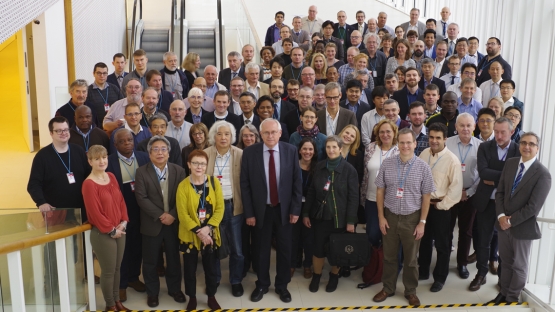Ways to model radionuclide releases and effectively use data to prevent the spread of radiological pollution in the environment and develop remediation strategies were discussed at a meeting in Vienna last month.
The annual meeting of the IAEA Programme on Modelling and Data for Radiological Impact Assessments II (MODARIA II) reviewed progress achieved one year into this three-year project, which aims to help Member States improve their capabilities in environmental radiation dose assessment.
Discussions included the use of improved quality of data, model testing and comparison with a view to develop consensus on modelling approaches, parameter values, and improved methods.
Radioecological models, such as those evaluated in MODARIA II, help assess the impact of radioactive releases associated with a nuclear facility or activity, including routine discharges of radionuclides. Member States can then assess whether these releases are within the limit of national regulatory requirements and consistent with international safety standards.
These radiological assessments form an essential part of licensing any operation of nuclear facilities, and they are also used for modelling unplanned, uncontrolled releases of radionuclides. They contribute to the performance assessment of disposal of radioactive waste and support decision making in remediation work.
Models discussed within the MODARIA II project also aim to enhance Member States’ capabilities to simulate the spread of radionuclide pollution in the environment in order to assess exposure levels of the public and to determine sufficient levels of protection.
Modelling the spread of radionuclides
During the discussions, Ming Zhu, Senior Advisor in the US Department of Energy’s Office of Environmental Management, said that modelling was a key tool in handling the sites in the US which need remediation to address past contamination with radionuclides.
“This programme has been a great opportunity to learn about different regulatory frameworks and frame the remediation process within established decision making processes,” highlighted Eduardo da Silva, an engineer with Brazil’s National Nuclear Energy Commission. “It is important to get Member States more involved in these processes to prevent pollution and develop remediation strategies.”
Brenda Howard, a radioecologist from the University of Nottingham, explained how new information on radionuclide contamination was available in the aftermath of the 2011 Fukushima Daiichi Nuclear Power Plant accident which has significantly contributed to the formulation of emergency response planning that can help countries identify and prepare for effective protective measures for the public and the environment.
“We now have a considerable amount of data on the radionuclide contamination processes of forested catchments, marine systems and agricultural products, owing to the great work done by researchers in Japan,” she added. “This data helps inform regulatory frameworks and accident response.”
MODARIA II is a follow-up of MODARIA I and comprises seven Working Groups that address topics such as assessment of and decision making related to existing exposure situations for naturally occurring radioactive materials and nuclear legacy sites, as well as transfer processes and data for radiological impact assessment.
MODARIA is the latest of the several international modelling and assessment projects launched by the IAEA over the past 30 years to measure and examine radioactive levels.
The seven Working Groups met from 30 October to 3 November at the Vienna International Centre.



